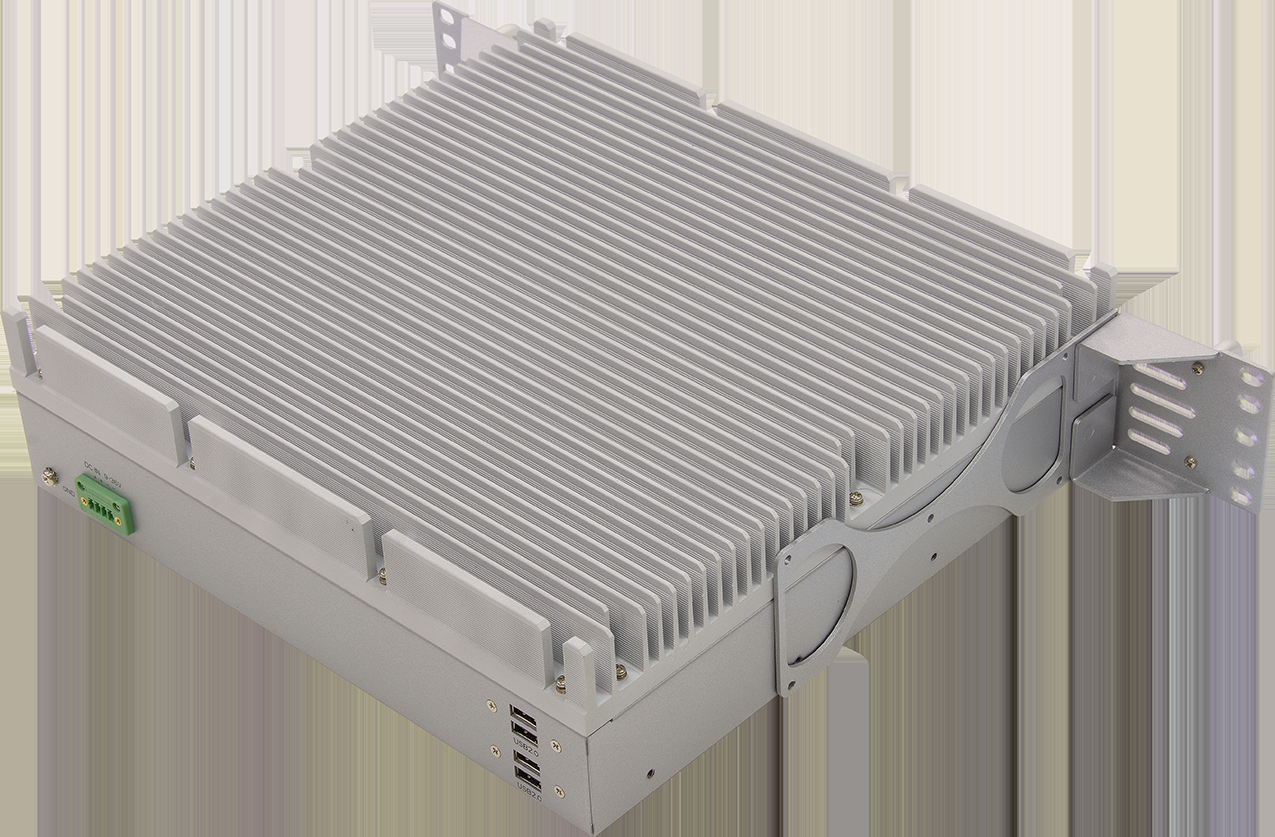Technical Profile
Introduction
Deep neural network and AI in machine learning can be categorized as parallel process which means parallel super computing solutions can speed up 90%. Artificial Intelligence AI and machine learning play a vital role in continuing competitive advantage and delivering fantastic user experience. GPU accelerates the tensor processing necessary for deep learning applications; these deep learning approaches have shown impressive performances in resembling humans in various fields.


GPUs have attracted a lot of attention as the optimal vehicle to run AI workloads. Most of the cutting-edge research seems to rely on the ability of GPUs and newer AI chips to run many deep learning workloads in parallel. However, GPUs are not necessarily better than CPUs when it comes to AI. The trusty CPU still has an important role in AI. CPUs have long held the advantage for certain kinds of AI algorithms involving logic or intensive memory requirements. How to run more efficient AI algorithms on CPUs and GPUs which having a more efficient algorithm and reduces power requirements, makes more practical for applications will drastically expand the market for the application of AI.
In order to having more powerful handling of database workloads, 7Starlake offers an extensive range of CPUGPU servers with multiple GPUCPU combinations dedicated servers like 1CPU+1GPU, 2CPU+4 GPU, custom-built for massive parallel computing environments and today’s most demanding HPC and hyperscale data center workloads for any high performance demanding tasks.

7Starlake’s CPUGPU platforms range from 1 to 2 CPU inside traditional rackmount chassis or workstations. We also offer GPU expansion options capable of delivering up to 4 GPUs in rack space. You get the benefit of higher performance and reduced power consumption compared to traditional CPU-centric platforms—and all the supercomputing power you need for even your most advanced applications.
Naming Rule
Each computer is named after several factors—along with solution, number of CPU slots and GPU slots, brand of Intel processor, and series of NVIDIA card system configurations—to be considered when deciding the right computer for clients’ needs. The above illustration demonstrates the naming rule and the pattern of a product name.

Intel Xeon D1587
Intel® Xeon® Processor D-1500 Product Family Boadwell DE:
The Intel® Xeon® processor D-1500 product family is Intel’s third-generation 64-bit system on a chip (SOC) and the first Intel® Xeon® SoC based on Intel® 14 nm silicon technology. This lineup offers hardware and software scalability from two up to sixteen cores, making it the perfect choice for a broad range of high-performing, low-power solutions that will bring intelligence and Intel® Xeon® reliability, availability, and serviceability (RAS) to the edge.
For applications where space is a premium, an integrated Platform Controller Hub (PCH) technology and Intel® Ethernet in a ball grid array (BGA) package offer an inspiring level of design simplicity. The Intel® Xeon® processor D-1500 product family is offered with a seven-year extended supply life and 10-year reliability for Internet of Things designs.


NVIDIA Quadro RTX5000


Shatter the boundaries of what’s possible with NVIDIA® Quadro RTX™ 5000. Powered by the NVIDIA Turing™ architecture and the NVIDIA RTX™ platform, it fuses ray tracing, deep learning, and advanced shading to supercharge next-generation workflows. Creative and technical professionals can make more informed decisions faster and tackle demanding design and visualization workloads with ease. Combined with NVIDIA NVLink™ technology, RTX 5000 scales graphics memory and performance to drive the most demanding rendering, AI, and visual computing workloads. And the all-new VirtualLink® provides connectivity to next-generation, high-resolution VR HMDs to let you view your work in the most compelling virtual environments. Welcome to the future of professional visual computing.
Ordering Information






